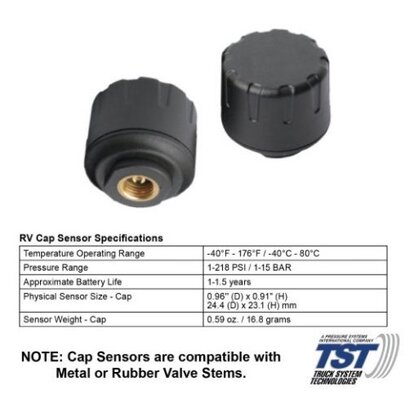Let’s Roll
Well-known member
My background was aviation, both military and civilian and we always serviced the tires with nitrogen.Reducing the air pressure in the tire to zero and then inflating it with just nitrogen will result in about a 95% concentration. Repeating the process two or three times can raise the concentration to about 98%.
Nitrogen filled tires are advantageous because nitrogen gas doesn’t support moisture or combustion. Compared with ambient air – which contains roughly 78 percent nitrogen, 21 percent oxygen, plus miscellaneous gases – pure nitrogen is an inert, non-flammable gas. Essentially, it’s dry air with the oxygen wholly removed.
If I could find a place that could fill the tires with nitrogen I’d do it. Alas, I’m sure the salesman would pitch the “added benefit of the super-duper” nitrogen package for an additional $150 or something crazy. Haha

